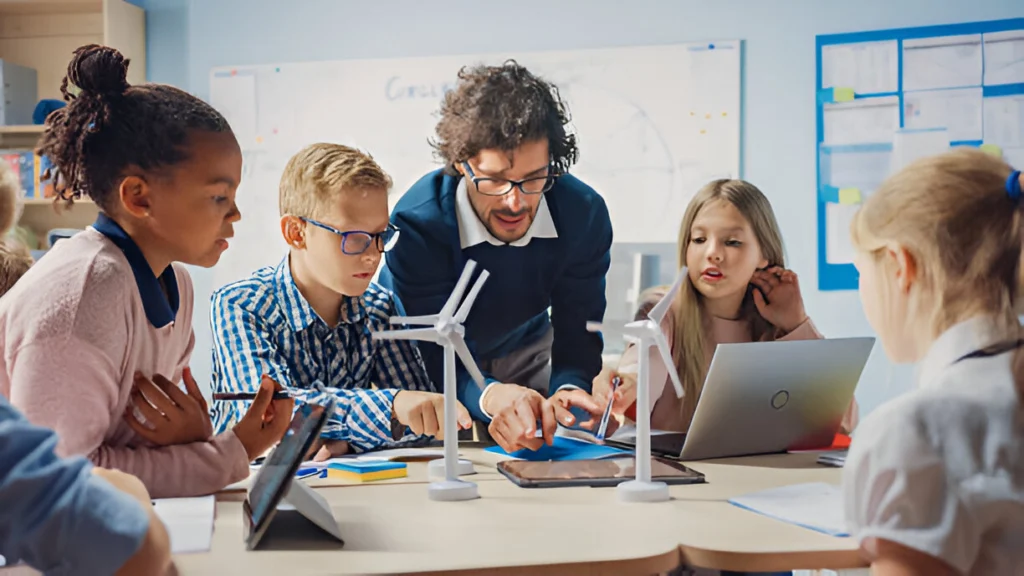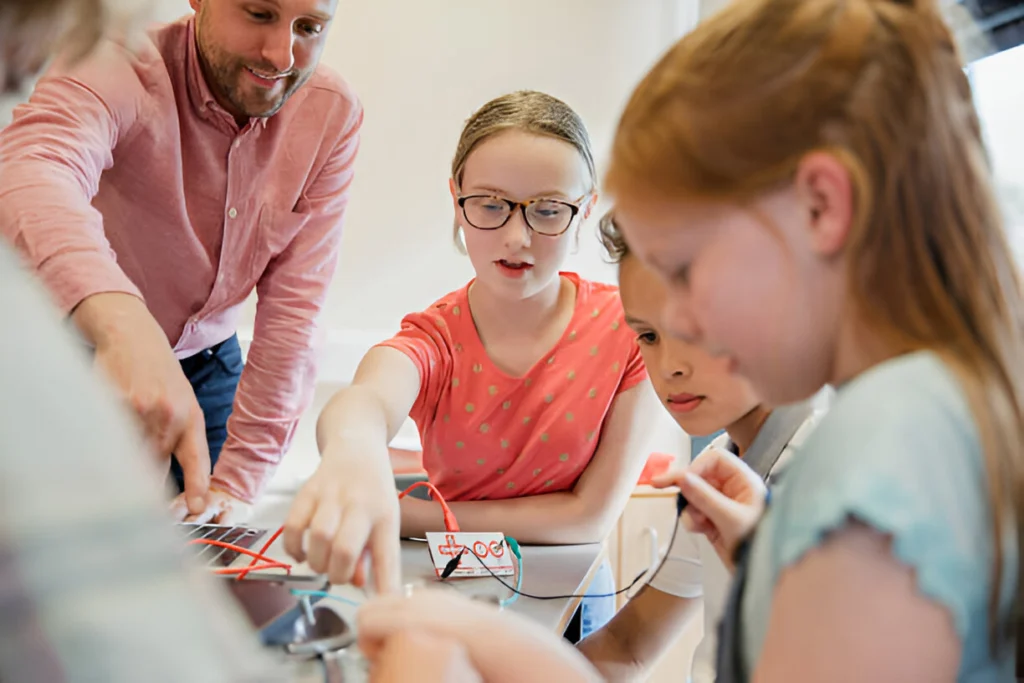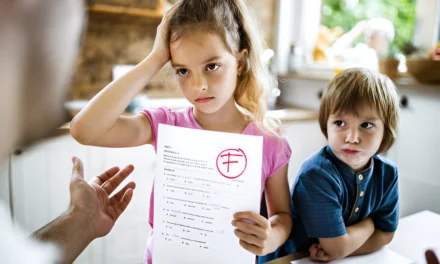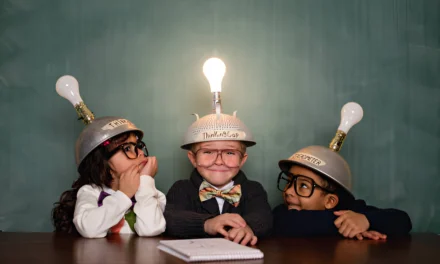Collaborative learning makes learning fun and interactive. It involves group work and discussions. This approach boosts student engagement and critical thinking1. It also teaches students important life skills like teamwork and communication1.
Research shows that collaborative learning helps students do better in school. They remember information better and are more motivated2. It prepares them for the real world, making them adaptable and lifelong learners2.
Key Takeaways
- Collaborative learning can lead to a 5% increase in student academic performance1.
- 87% of students feel more engaged in their studies when participating in collaborative group activities1.
- Collaborative learning develops critical thinking, communication, and teamwork skills2.
- Collaborative learning enhances academic motivation by up to 80%3.
- Collaborative projects increase student retention rates by up to 10%1.
Collaborative Learning: A Pathway to Engaged Learning
Collaborative learning is a way students work together. They explore ideas, solve problems, and create knowledge4. It’s a big change from old teaching methods, focusing on adult learners’ needs. It boosts learning and teaches important skills like thinking, talking, and teamwork4.
By learning together, students understand course material better. They also get ready for real-world challenges4.
Defining Collaborative Learning
Collaborative learning puts students in small groups to discuss or work on tasks together4. This method has been around for ages, like in ancient Greece and Rome. Back then, students did better when they worked in groups4.
Today, it includes many methods to make learning fun and effective4.
Real-World Skills Development
Collaborative learning boosts thinking and exposes students to different ways of learning. It helps them develop key skills for their future careers4. Students learn to talk well, lead, and understand material better by working together4.
Technology helps make these learning environments better. It lets students communicate, manage projects, and share ideas in real-time4.
Studies show students do better when they work together. They grasp concepts deeper than when working alone4. This approach is linked to better learning outcomes5.
It also makes students more engaged, persistent, and personally developed. This leads to better grades for many students5.
Learning together makes students more active and engaged. They think critically, remember better, and develop leadership skills6. Students share their knowledge, creating a strong understanding together6.
It also improves social and communication skills. This prepares students for work and social life6.
Collaborative learning is a powerful way to engage students and teach real-world skills. It turns classrooms into lively places where students can grow and succeed. Learn more about its impact on learning and development456.
Vygotsky’s Social Development Theory and Collaborative Learning

Vygotsky’s Social Development Theory shows how collaborative learning works well in schools. He believed that talking and working together helps us learn. Vygotsky said that talking and working together are key to, which is at the heart of team learning7.
In a class that focuses on team learning, students share what they know. They work together to understand things better through talking7. Vygotsky thought that culture helps us learn from each other. He said we learn by talking and doing things together in our culture8.
Teachers can use Vygotsky’s ideas to help students learn to read and write better. They help students talk and work together on projects7. Students learn by doing group work and solving real problems together7.
“Vygotsky’s theory encourages collaborative and cooperative learning between children and teachers or peers.”8
Teachers can use Vygotsky’s Social Development Theory to help students learn more. They can do this by having students work together, talk, and give each other feedback7.
Peer Learning: A Collaborative Approach
Peer learning has been around for centuries and is a great way for students to learn from each other. In this model, everyone is both a teacher and a student. They share ideas and knowledge with each other. This way of learning builds strong friendships and teaches important skills like teamwork and problem-solving.
The Roots of Peer Learning in Education
Peer learning is a powerful tool in schools. Studies show it helps students develop better thinking and communication skills. It also makes learning more engaging and meaningful9.
Teachers use many ways to make peer learning work, like group talks and shared research projects. This helps students learn and grow together.
Translating Peer Learning to the Workplace
Peer learning is also great for work. It prepares people for real-world challenges and teamwork9. By sharing knowledge and supporting each other, workplaces can become more innovative and effective.
| Peer Learning Practices in the Workplace | Benefits |
|---|---|
|
By using peer learning, companies can create a dynamic and innovative team. This approach encourages sharing knowledge and teamwork, leading to growth and success.
“Peer learning promotes a sense of camaraderie among employees, encouraging collaboration, mutual respect, and better problem-solving skills.”
Introducing peer learning can change a workplace for the better. It helps employees learn from each other, build stronger bonds, and drive innovation. This way, companies can reach their full potential and succeed in the long run91110.
Collaborative Learning Enhances Academic Performance
Many studies show that12 students do better when they learn together. They achieve more and remember information better than those who learn alone12. Learning together boosts their motivation to learn12. This is true for all students, no matter their race or ethnicity12.
Collaborative learning helps students of all backgrounds. It makes them more motivated to learn and do well in school12. It also helps them stay in school longer by making friends and learning together12.
Learning together is good for students’ grades and how they think critically12. It makes them feel better about themselves and their teachers. It also helps them get along with others and be open to new ideas12. But, students’ motivation can drop as they get older in school12.
This shows why we need to keep learning together to keep students motivated and doing well12.
Schools often focus on competition rather than teamwork13. But, there’s a better way to learn. It’s about creating experiences that are meaningful and help everyone grow together13.
It’s important to design learning that meets both individual and group needs13. This means teaching students to think for themselves and solve problems creatively13.
Learning should connect different ideas and help students see the world in new ways13. It should mix learning with growing socially and emotionally13. And, it should make students feel like they’re making a difference13.
“Collaborative learning is a powerful tool for enhancing academic performance and preparing students for the challenges of the real world.”
By creating a learning environment where students work together, schools can help them reach their full potential. This leads to better grades, more motivation, and important life skills1213.
Fostering Essential Life Skills

Collaborative learning does more than just help with schoolwork. It helps build important life skills for today’s world. Collaborative learning has students working together on projects14. They learn to share ideas and explain things clearly14. This way, they get ready for challenges in life and work.
Teamwork and Communication
It makes students better at teamwork and talking to each other. Martial arts classes teach kids to work together and communicate well15. They learn to plan, share tasks, and work as a team15. These skills are key for success in today’s jobs and life.
Critical Thinking and Problem-Solving
It also boosts critical thinking and solving problems. Working together helps students understand better, learn new words, and write well14. They get to see different views and think deeply about tough issues14. These skills are vital in today’s fast-changing world.
Collaborative learning prepares students to face the world’s challenges. It helps them grow and succeed in the 21st-century job market1415.
The Power of Collaborative Projects
Collaborative projects link classroom learning to real-world tasks. They cover science to arts, teaching teamwork, communication, and problem-solving16. Students learn by working together, improving their learning and getting ready for future challenges16.
These projects create a lively learning space. Students learn to tackle problems, share tasks, and celebrate together16. They not only learn school subjects but also gain valuable life skills like adaptability and critical thinking16.
The effects of collaborative projects are clear17. On average, 13.6k interactions happen in each collaborative learning activity. Team-based assessments see up to 8k student engagements17. In math projects, 449 students show the strength of teamwork in success17.
Students also get better at giving and receiving feedback, with over 15.8k participants17. Classrooms use collaborative strategies from 1.2k to 58.7k times, showing how common they are17. These methods improve grades, with 24.8k students engaging in student-centered learning17.
Collaborative projects help students learn more than just school subjects16. They prepare students for the 21st-century workforce by teaching teamwork and problem-solving. Whether it’s science, design, or community work, students are set for success.
Collaborative Learning Benefits Teachers Too
Collaborative learning is great for both students and teachers. Teachers gain by working with their peers. They can brainstorm creative ideas and make lesson plans that really grab students’ attention18. This teamwork also helps teachers grow professionally and learn more about themselves18.
Brainstorming Creative Ideas
Teachers can share a lot when they work together. They can make lessons that are both fun and challenging for students18. This way, they avoid feeling alone in their job. They build a community where they can do their best18.
Professional Growth and Introspection
Collaborative learning also lets teachers think about their own teaching. They can talk with colleagues and learn new things18. This helps them improve their teaching and feel more satisfied with their job18.
By using collaborative learning, teachers become more creative and effective18. Schools that support teamwork help their teachers grow. This makes learning better for everyone18.
Collaborative Learning in the Classroom
Collaborative learning in the classroom is a powerful way to engage students. It helps them think critically and develop important life skills. Students learn to communicate better, feel more confident, and build their self-esteem19.
This approach lets students work together to solve problems. They learn to analyze data and share ideas19.
Group Activities and Discussions
Collaborative learning means students or teachers work together. They tackle challenges and explore course material in groups20. This method improves problem-solving and understanding complex issues20.
It also helps with decision-making. Peer writing and discussions make learning more interactive. This shifts the focus from the teacher to the students20.
Boosting Confidence and Self-Esteem
Collaborative learning helps students develop teamwork skills. They learn to work together and share responsibilities20. This approach improves engagement and knowledge20.
It also builds leadership and civic responsibility. Peer learning can help students feel less isolated during tough times21.
Effective group work needs preparation and a supportive environment. Teachers play a key role in guiding students. This helps students feel more confident and self-assured21.
Collaborative learning prepares students for the future. It helps them become active, critical thinkers. This approach empowers students to communicate effectively19.
It makes learning engaging and enriching for everyone. Embracing collaborative learning is essential for a dynamic classroom19.
Collaborative Learning Prepares Students for the Future
Collaborative learning boosts academic success and prepares students for the future. It teaches teamwork, communication, and critical thinking. Collaborative learning gets students ready for the changing job market22.
Students learn to think deeply, manage themselves, and lead through group work. These skills are key in the job world22. They also improve critical thinking and problem-solving, essential for real-world challenges22.
Collaborative learning sharpens communication skills, vital for success in various jobs22. It exposes students to different cultures and views, fostering a global mindset23.
It also prepares students for teamwork and adaptability in the modern job market24. They learn to work well online, a skill for remote jobs22.
Most importantly, it makes students love learning and want to keep learning new things. This is key in today’s fast-changing tech world22. They become flexible and resilient, ready for future challenges23.
“Collaborative learning provides continual support for students through positive guidance and assistance from parents, faculty, and staff. A collaborative approach helps align all parties towards common goals, enhancing the chances of positive outcomes for students.”23
By embracing collaborative learning, students get a big advantage for the future. They are ready with the skills, mindset, and experiences for the 21st-century workplace and beyond.
Proven Benefits of Collaborative Learning
Collaborative learning has a big impact on students’ success. It improves their grades, helps them remember information better, and boosts their motivation25. It also teaches them important skills like thinking critically, communicating well, and working together. These skills are crucial for their future careers and personal lives25.
Research-Backed Success
Collaborative learning changes how we learn, moving from a teacher-centered approach to a peer-to-peer method25. It makes learning more efficient by sharing the workload among group members25. This approach also makes team members more accountable and motivated to help each other25.
Research shows that collaborative learning improves problem-solving and social skills like empathy25. A study from Tehran University of Medical Sciences found that it diversifies knowledge and builds stronger learning communities25.
Preparing for Real-World Challenges
Collaborative learning helps people learn more than they could alone, thanks to others’ help25. Using games can make groups work better together and reach their goals25. Tools like 360Learning help create a culture of learning in organizations and make courses more engaging25.
Cooperative learning can help students feel less afraid of making mistakes in class26. When everyone’s strengths are valued, group work can be more effective26.
Math groups can improve critical thinking by exploring different problem-solving strategies26. In social studies, activities like political debates can teach negotiation and teamwork26. Reading together can also enhance understanding and critical thinking26.
Science projects, like studying dinosaur extinction, can boost research and analytical skills26. Cooperative learning can make students more independent and self-directed26. It also improves emotional sensitivity, communication, and decision-making26.
Embracing Collaborative Learning Strategies
Collaborative learning is more than a teaching method. It’s a way to spark a love for learning, improve critical thinking, and get ready for the future. It makes classrooms lively and welcoming, helping students to succeed27.
At the core of collaborative learning are methods that get students involved, solve problems together, and get feedback. Techniques like the Jigsaw Technique, Think-Pair-Share, Peer Review, and Group Problem-Solving help students learn by working together. They learn important skills for their future careers27.
Technology is key in making collaborative learning work, even when students are apart. Tools like online discussions, projects, and simulations keep the teamwork spirit alive. This way, students can stay engaged, no matter where they are27.
Studies show that collaborative learning boosts critical thinking, communication, and engagement. It makes classrooms lively and gets students excited about learning27. It also helps students become better communicators, ready for their future jobs27.
Choosing collaborative learning is more than a teaching approach. It’s a way to get students ready for the changing world. By teaching students to work well together, educators prepare them for the challenges ahead28.
| Collaborative Learning Strategies | Key Benefits |
|---|---|
| Jigsaw Technique | Enhances comprehension and promotes student autonomy |
| Think-Pair-Share | Fosters critical thinking, active engagement, and effective communication |
| Peer Review | Helps students refine their work using classmates’ perspectives |
| Group Problem-Solving | Tests students’ understanding and strengthens teamwork skills |
By using collaborative learning, teachers can make classrooms exciting and inclusive. This prepares students for the future challenges they will face2728.
Conclusion
Collaborative29 learning is a key part of education today. It helps students do better in school30 and learn skills for life29. It’s important for making learning fun, effective, and for everyone.
Students learn teamwork, communication, and problem-solving through it29. This way, they understand more and get ready for the real world30. Teachers see their students do better and enjoy learning more.
The need for collaborative29 learning grows as education changes. It lets students work together and learn from each other30. It’s a smart choice for students’ growth and success in the future.





